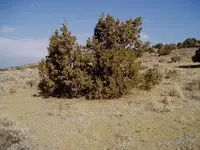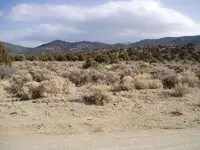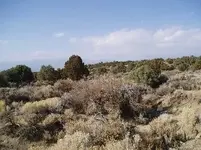ClonedSIM
Silver Member
- Joined
- Jul 28, 2005
- Messages
- 3,808
- Reaction score
- 24
- Golden Thread
- 0
- Location
- New Mexico
- Detector(s) used
- White's XLT
Well, let's see. I'm assuming by 50 ft. square area you mean a 50' by 50' area, or 2500 square feet. An object that is 6" by 6" would fit into a square foot four times. Using that, a 6" by 6" object would fit into a 50' by 50' area 10,000 times without overlapping.JudyH said:Carl-NC said:"Close your eyes, throw a tennis ball up as high as you can, and do the exact same thing wherever it ends up at."
Quite amazingly, AF's suggestion has gotten back to what this thread was originally about: comparing dowsed selections to random selections.
Why not try it, Art?
Why not do controlled field comparisons of dowsing vs non-dowsing?
What is there to lose?
- Carl
Why not do a controlled field comparison of your ball throwing vs. random chance?
EX:
50 ft. square area ("field")....one unknown object 6" in diameter....buried somewhere in the named field.
What are the odds of you landing that sucker within 5 inches of the object?
What are the "Random Chance" odds?
What is the "probability theory" on that?

You'd have a 1-in-10,000 chance of the tennis ball landing on your target.
But this really has nothing to do with the coversation at hand.
What I'd like to see measured is the amount of gold Art can extract from a dowsed spot versus a non-dowsed (random) spot.
Here's my reasoning. Art says he hunts in gold-bearing locations using his rods. When he gets a good signal, he extracts an amount of dirt, processes this dirt, then credits the gold he's found to his dowsing. So what if he tossed a ball over his shoulder, extracts the same amount of dirt from wherever that ball lands, and processes this dirt in the same fashion.
Would he have no gold, more gold or less gold from the second random location?









